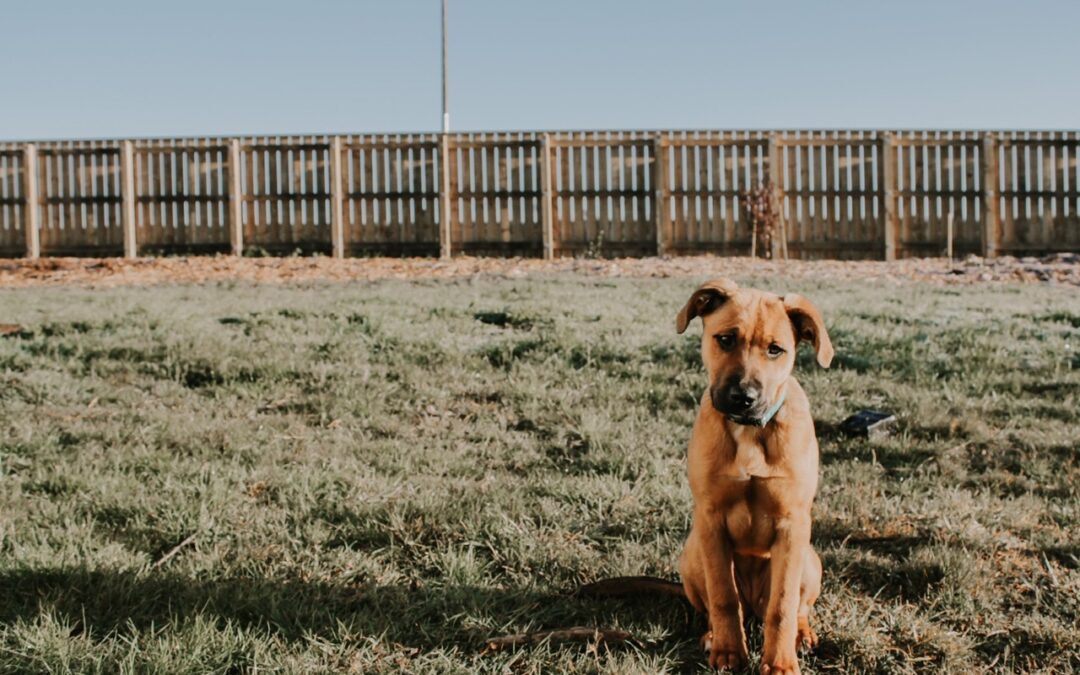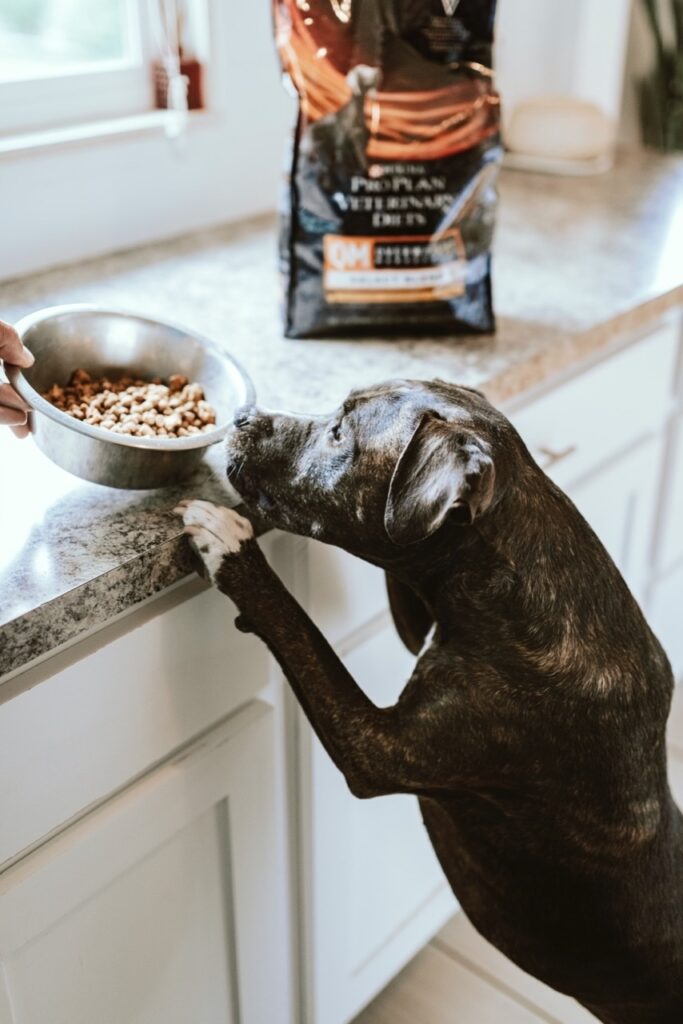Have you ever considered giving a rescue dog a home?
Adopting a shelter dog can be a memorable experience for you and your household. The following tips can also help make your fur baby feel at home in a totally new environment.
Provide a Dedicated Doggy Space
Your newly adopted canine needs their own space where they can retreat from their everyday life when they’re tired or stressed.
You can provide a nice comfy bed or pad and even dog toys or tasty treats for them to enjoy in their personal space. The process can contribute to making your pet trust you, helping in the adjustment phase.
Maintain a Daily Routine
A spontaneous lifestyle isn’t ideal for rescue dogs. Instead, it’s better to create an environment of structure and routine. If the dogs know what to expect throughout the day, it will reduce their stress levels and anxiety. Also, if they fear the unknown, not having a routine can make it tougher to acclimate to their new environment.
Stay Calm
Try to consider your dog’s situation. Imagine if a shelter provided you with a comfier home than you had before. Then you’re relocated to a new home again, once more surrounded by strangers with new rules and expectations.
The entire situation can be quite stressful for your new canine companion. Everyone in the house needs to avoid being too emotional around the dog. Even happy emotions may be startling for a while.
Give your dog some time to de-stress from the process of moving to a new home. For example, avoid exhibiting rowdy behavior and throwing big parties until your pet can process all their emotions and feel at home.
If your pup is struggling with anxiety, you could always look into alternative treatments to calm down your worried pet.
Help Your Dog Start Eating Regularly
It’s quite common for a dog to lose their appetite for the first few days in their new home. The animal may need time getting used to a new diet or mealtime. They may be unaccustomed to their new home or be a shy dog.
Give your new furry friend a few days to begin eating regular meals. A healthy dog will typically start eating again within a few days. If your dog still isn’t eating after several days, then schedule a veterinary visit.
Don’t Buy Cheap Food
Having a family pet involves a wide range of expenses that can add up quickly. It can become especially tough if your family is already on a shoestring budget. So you can probably skip that $3.2 million diamond-encrusted dog collar.
Still, your pet’s health and happiness are priceless. So make sure you’re supplying your best friend with the right sustenance.
It could be a bag of kibble or canned dog food from the pet food aisle at the supermarket or homemade dog food. The cliché “you get what you pay for” applies to dog food. You don’t necessarily have to pick gourmet food with sweet potato, blueberries, and ostrich. Don’t focus on the price tag when selecting dog chow.
Make sure you’re picking food that meets all your dog’s nutritional needs, with minimal fillers, artificial ingredients, and processing. Don’t forget to opt for healthy snacks for dog training too.
Prepare for Escape Attempts
When walking your dog, use a leash. Sometimes shelter dogs will try to run away or escape for different reasons. They may feel stressed, scared, or even homesick. Consider keeping your doggie leashed until it becomes comfortable with its environment. Secure your garden or outdoor space, and of course, it goes without saying that they should be microchipped and given a name tag if possible.
Begin Dog Training Early
This step is critical whether your canine has gone to obedience school or has never heard the commands “sit,” “fetch,” or “speak.” Training is about more than modifying your doggy’s behavior. The process also helps it feel comfy in its new environment.
Dogs generally prefer to know house rules about how to behave. You can take out the guesswork by training them on what they can and cannot do in the house.
In addition, the more dog training your pet receives, the less you’ll need to reprimand them. In turn, it will help your pet feel more at home whether they’re eating dog food, playing tug of war, or joining everyone in the family room.
Make Your Shelter Pet the Top Dog
Adopting a rescue dog can be quite rewarding. On the other hand, it’s also a big responsibility. You continuously have to feed, walk, play with, bathe, and train your dog.
It’s critical to supply your pet with its basic needs. The problem is that it’s not enough that you want to provide the best for your rescue dog.
One of the best methods to show you care for your pet is by spending time with it. Do you keep a hectic schedule? It’s still critical to set aside quality time with your doggy.
Even an hour a day can provide your dog with quality time. Besides the basics like a bowl of dog food, ensure that you’re also providing things like exercise, socializing, and fun.
Another thing to note is that dogs will realize when you seem too busy playing mobile games or watching TV. Scheduling doggy time despite your busy schedule can help ensure your companion pet gets the attention they want and need.
Owning a pet can sometimes seem as stressful as it is fun. The steps mentioned above can hopefully make it easier to help your rescue dog feel at home.
Your dog may need hours, weeks, or months to get used to their new home. That’s okay. What’s most critical is providing your shelter dog — whether it’s a tiny chihuahua or a huge Saint Bernard — a loving forever home.
Reference
- Pet statistics
https://www.aspca.org/helping-people-pets/shelter-intake-and-surrender/pet-statistics
Get our best articles straight to your inbox.
Subscribe to The DARling below:
About the author

Casey Bloom’s field of studies is concentrated in language and literature. Before her stint as a writer, she was an advertising creative. Aside from writing for CBDClinicals.com, she creates edibles infused with CBD. She is a vegan advocate who believes in the healing power of CBD. She has recently taken an interest in what happens inside the body and how our bodies change. Casey writes for W-Radiology.comregularly.



